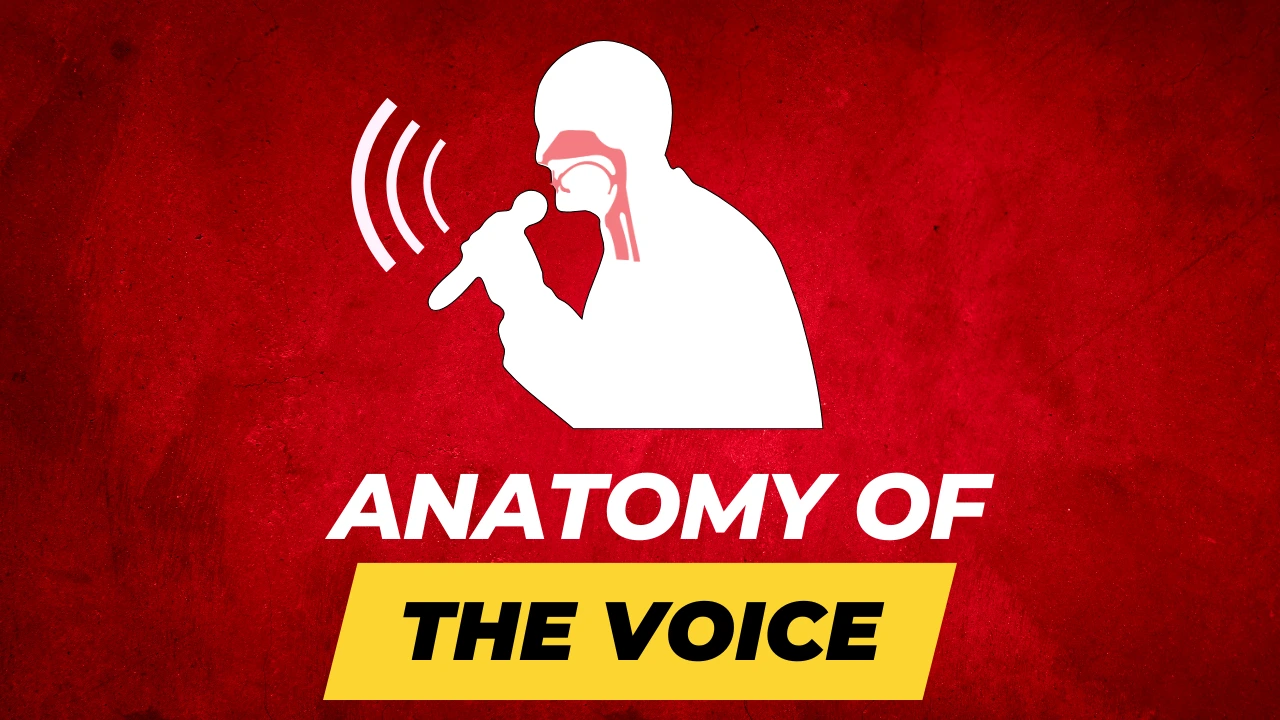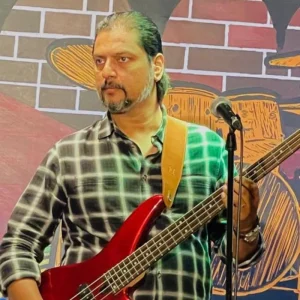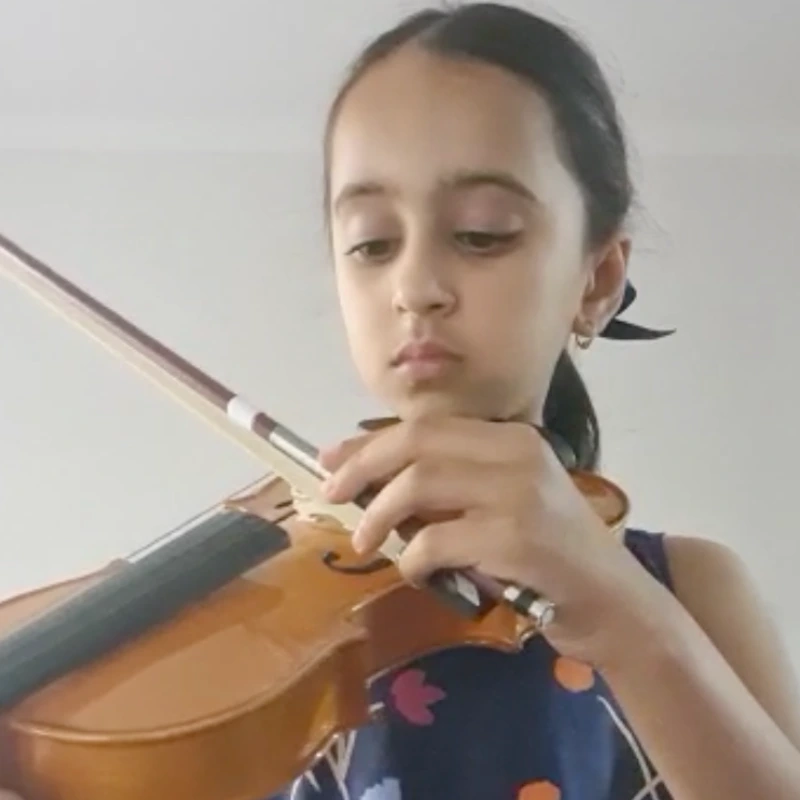It’s very common to not know what’s going on inside your body. It’s a bit geeky but it’s rather interesting and magical to learn how a human body works and looks. Trust me, studying vocal cord anatomy diagrams helps any singer to know about the formation and the production of voice.
In this text, I’ll walk you through some pointers about preventing vocal cord strain, info on how to warm up vocal cords before singing and a few best vocal cord exercises for singers.
Think of all the yelling, talking, sobbing or singing. These sounds are produced by the vocal tract. Also this sound that’s produced from your body is called The Human Voice. The vocal folds, or vocal cords, are the main source of sound in the human voice frequency, which is a particular aspect of human sound production.
If a voice student does not understand the physiological mechanisms that their teacher is referring to, they will not be able to learn how to acquire greater control over their singing voice. Though gaining a comprehensive and useful awareness of the many components and functions of voice anatomy is beneficial, it is not always required to remember them all the time. I always (with a capital A) expect my students to understand how their voice works in the early stages of learning itself.
So here’s everything you need to know about voice and its anatomy, ie., vocal cord diagram, how to prevent vocal cord strain and warming up vocal cords before singing.
What is the anatomy of voice?
Generally, we can divide the entire mechanism into three parts: the lungs(breathing), the vocal folds, and the resonators.
How does your voice work?
Now we all know that the vocal cords produce sound.
In actuality, voice production involves much more than just the vocal cords. We know that vocal cord exercises for singers are incredibly essential to improve voice health. Your voice is actually produced by the cooperation of three systems: the respiratory, phonatory, and resonance systems.
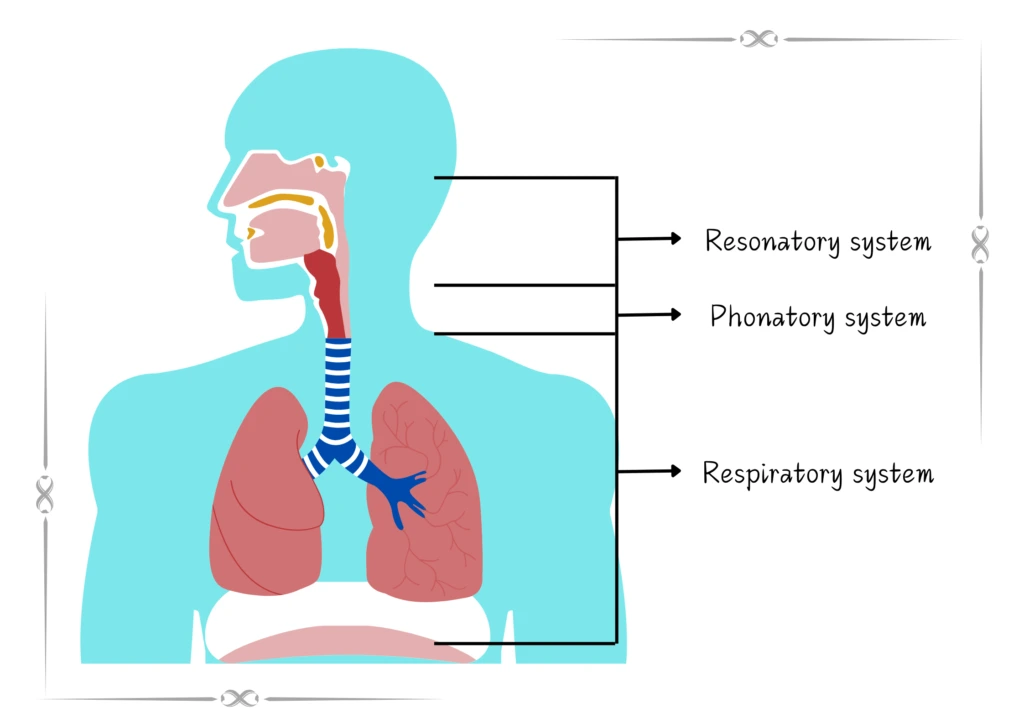
Respiratory system
The respiratory system is the source of breath support. The “fuel” or power that powers the creation of voice is breath. The vocal folds vibrate due to the airflow that passes through the voice box and up the windpipe, causing the vocal folds to stop vibrating until you become out of breath.
You should remember that Anything that interferes with your breathing (or lungs) can totally stop your body from producing sound.
Think of the time when you get a cold. Usually, it gets difficult to breath with a stuffy nose. Almost all of the time our throat gets sore and ends up having difficulty speaking or singing.
Lungs
The tissue that makes up the lungs is flexible, elastic, and soft. It kind of looks like an upside-down tree with all its components.
Jumping into technical functioning!
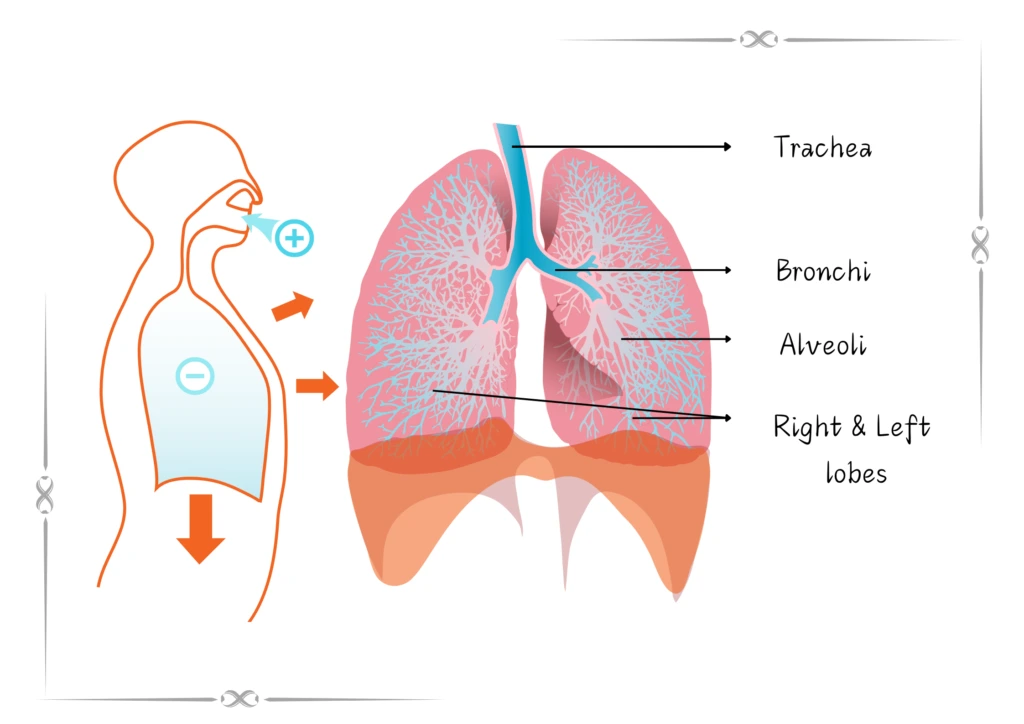
The trachea, or “trunk,” is where air enters the lungs. The bronchi are formed by branching out of the trachea.
Every bronchus keeps branching out into bronchioles until it reaches a cluster of alveoli, which are tiny sacs where carbon dioxide and oxygen exchange occurs, at the end of each bronchiole. The alveoli have a fairly big surface area overall.
The lungs expand as the ribcage and diaphragm move, allowing air to enter the lung during inhalation, or contract when air is forced out during expiration.
When it comes to Singing, we tutors always advise you to turn your attention to “Diaphragmatic Breathing”
Diaphragmatic Breathing
It’s normal to breathe from the chest when speaking or performing other daily tasks. But singing absolutely requires diaphragmatic breathing.
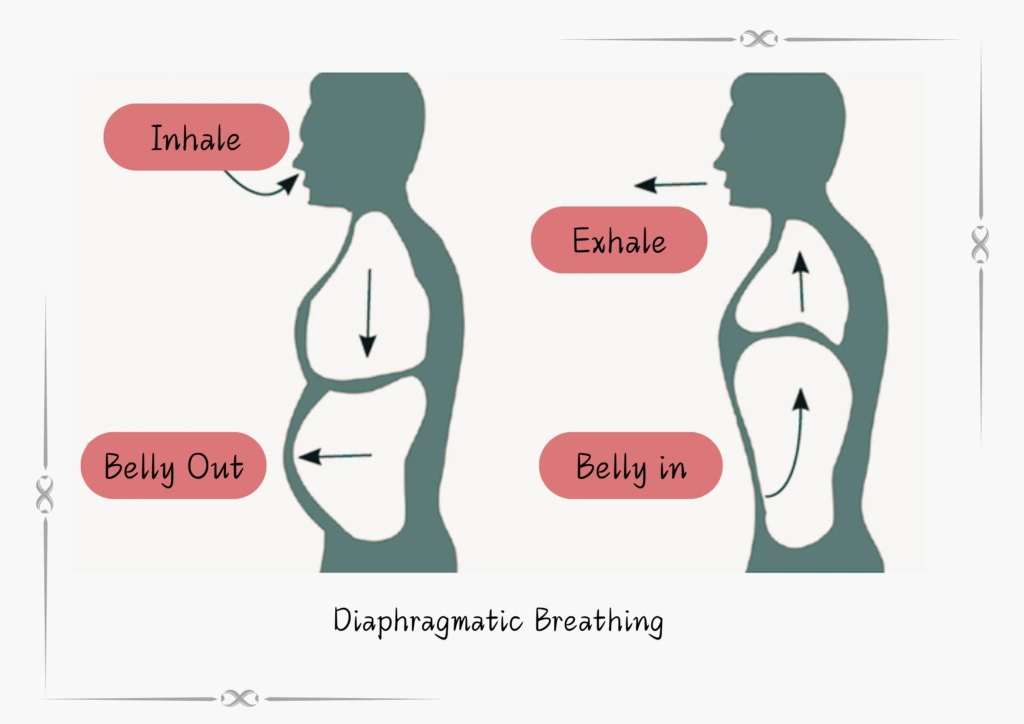
Your voice will have more strength, control, and expressive tone when you sing from your diaphragm. Additionally, it relieves tension that could impair your performance and helps in preventing vocal cord strain.
Breathing in through your diaphragm and breathing out on a hiss is the most basic breathing technique that’s been done for as long as I can remember.
Phonatory system
The source of sound is the vibrating of the vocal folds, commonly known as phonation. Knowing the vocal cord anatomy diagram gives us an idea of the role of the larynx in producing voice. Within the larynx are two tiny muscles called the vocal folds, which are covered in moisture. The vocal folds open during breathing to let air enter your trachea and lungs from your upper airway.
Your vocal folds vibrate (open and close cyclically) when you close them and start to exhale when you want to speak. This pressure increase causes the folds to close. A buzzy sound is produced when the vocal folds vibrate, disrupting the airflow and making it sound nothing like what we hear when we listen to someone sing.
The Voice box
Where are the vocal cords located at?
Your voice box or the larynx is located behind your Adam’s apple and on top of your windpipe. This is where your vocal cords are located. You can see a little bony protrusion in the middle of your throat and that is your Adam’s apple. You can feel the protrusion go higher if you touch one or two fingers on this area and then swallow. Try to feel the protrusion go down when you yawn. It’s every singer’s priority to prevent vocal cord strain and hence its important that we know it’s working .
Here is a vocal cord diagram with its parts explained.
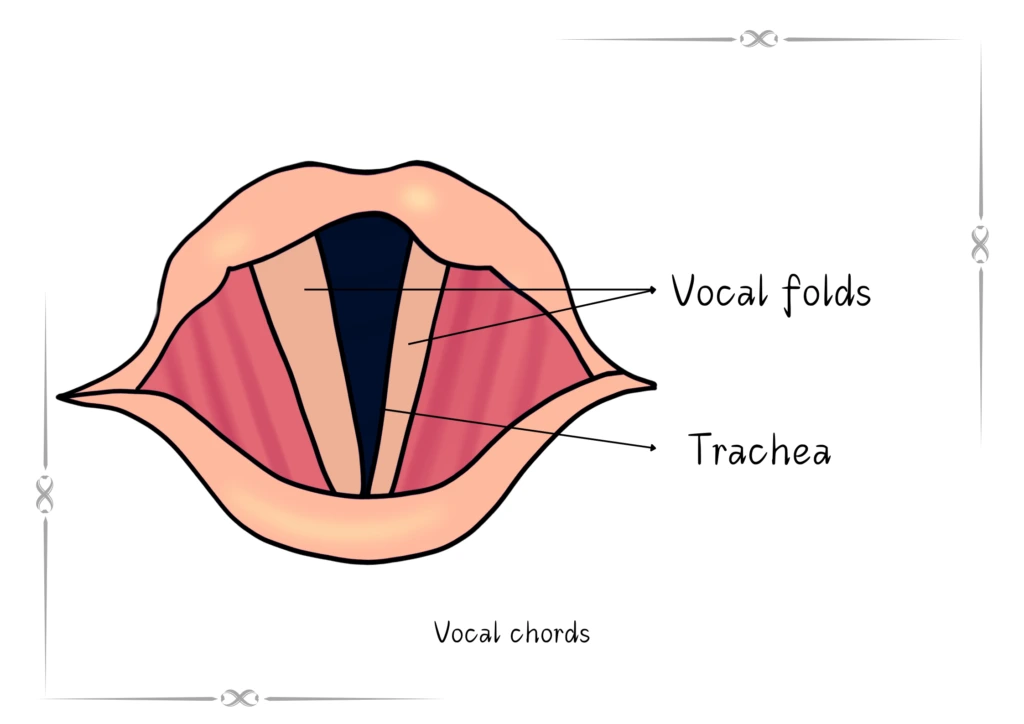
Your vocal cords are basically the two pear shaped white bands sitting right in the middle of your voice box. When they are open, a vocal cord on the left and a vocal cord on the right come together to create an upside-down “V.” They make a slit together when they are closed.
Your voice chords are under strain from this trapped air. Puffs of air pass through your voice chords, vibrating them due to the stress. Hundreds of times every second, depending on the pitch and volume of your voice, your vocal chords may vibrate. Sound is created when the air and vibration combine.
Your vocal cords extend from front to back and from left to right inside your voice box. They attach to the cartilage and muscles that assist regulate the movement of your vocal cords inside your voice box. Now it’s easy to understand and analyze while warming up vocal cords before singing.

Did You Know?
The richness and tone that give a voice its unique character and musical quality come from resonators.
Resonatory system
Resonance transforms the buzzing tone produced by the vocal folds into the sound we recognize as the human voice. The structuring and amplification of the vocal tone’s sound waves is known as resonance. This tone’s shape is influenced by the vocal tract’s length and shape, as well as any cavities or structures that the sound waves may reflect off of.
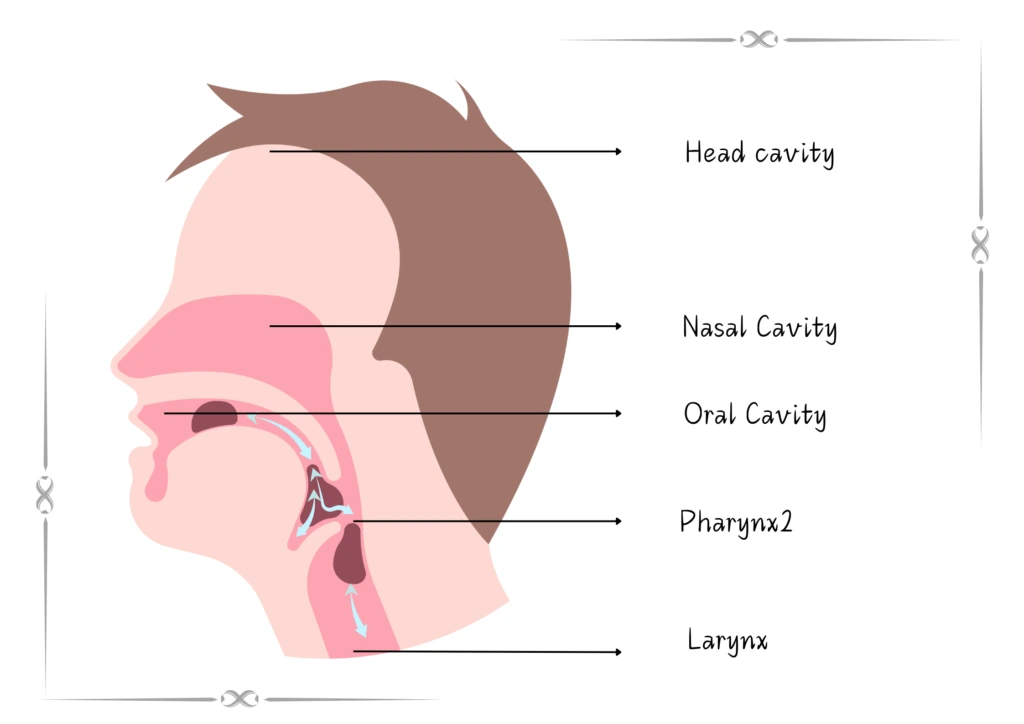
The air column and formants are examples of bodily components known as resonators because they may vibrate in unison with the voice.
The richness and tone that give a voice its unique character and musical quality come from resonators. The structures you train while establishing a singer’s Formant(quality of vowels sung out ) are the nasal passages, throat, and mouth—air chambers that shape the sound.
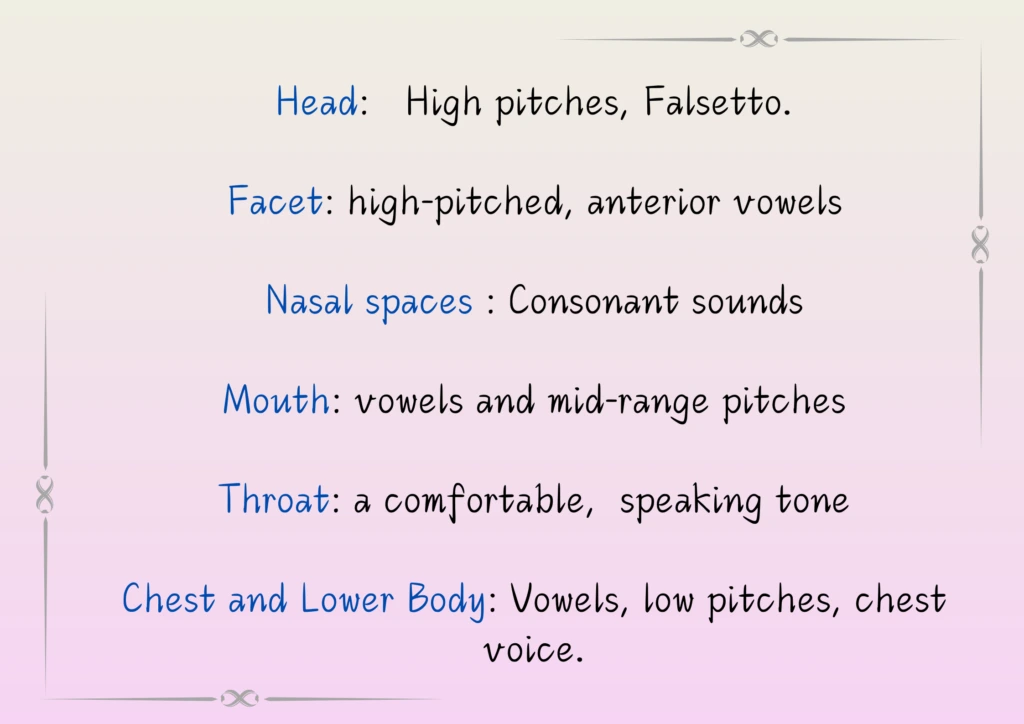
This explains why you lose some of the resonance in your voice when you have a cold and your nose is clogged. Your nasal passageways are no longer able to carry sound, and the tone loses its richness and becomes flat.
Vocal cords paralysis and how to avoid it?
Like I’ve said earlier preventing Vocal cord strain is any singer’s number one priority. You cannot regulate the movement of the muscles that govern your voice if you have vocal cord paralysis. It occurs when your voice box’s (larynx) nerve impulses are interfered with. The vocal cord muscles become paralyzed as a consequence. Vocal cord paralysis can also happen from an injury, viral infection, consequence of a surgery etc.
Vocal cord paralysis makes breathing and speaking difficult. This is mainly because the functions of your vocal cords are just not making sound. Additionally, they protect your airway by keeping food, liquids, and even saliva out of your trachea, which keeps you from choking.
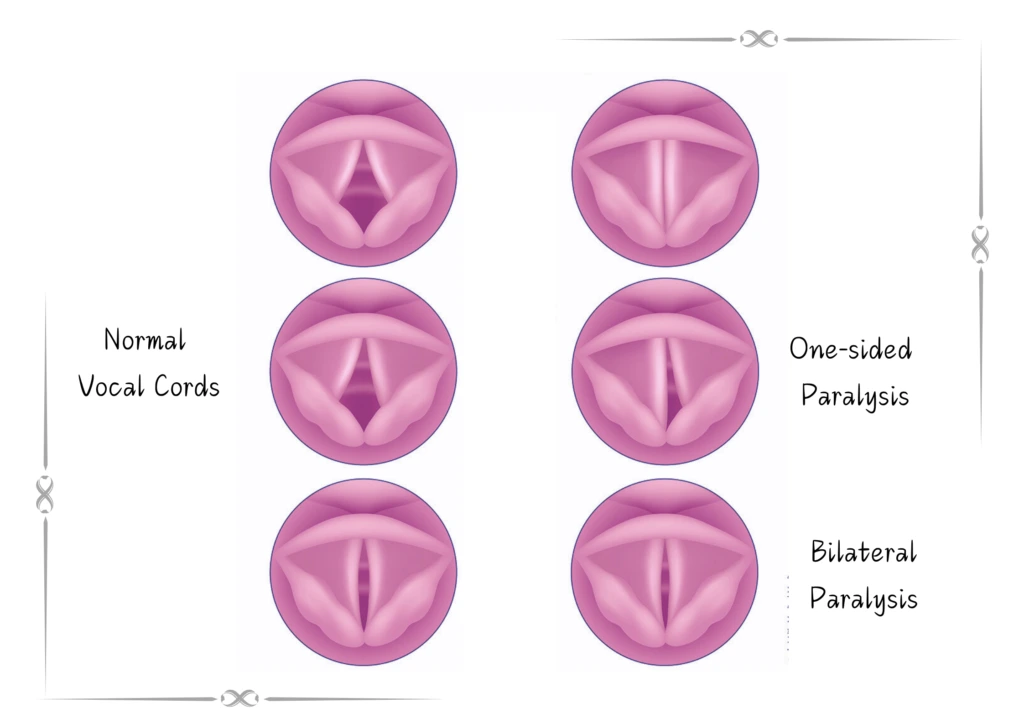
Surgery and voice therapy are the typical forms of treatment for vocal cord paralysis.
Another illness to be on the lookout for, is vocal cord dysfunction. Vocal cord dysfunction symptoms include difficulty breathing, short breathness, closing up of the throat, coughing. One would mistake vocal cord dysfunction symptoms for asthma.
Vocal Cord Nodules Vs Polyps
Sometimes, there are abnormal growths in vocal cords called vocal cord nodules, polyps. While vocal cord nodules a useless or a benign cysts mostly on the lining of vocal cords, polyps are kind of quiche on one or even both vocal folds. Both nodules and polyps are dangerous and preventing vocal cords from any strain can become nightmare for singers, Laryngoscopy for vocal cord examination usually diagnose these problems.
What to do to prevent Vocal Cords from getting strained?
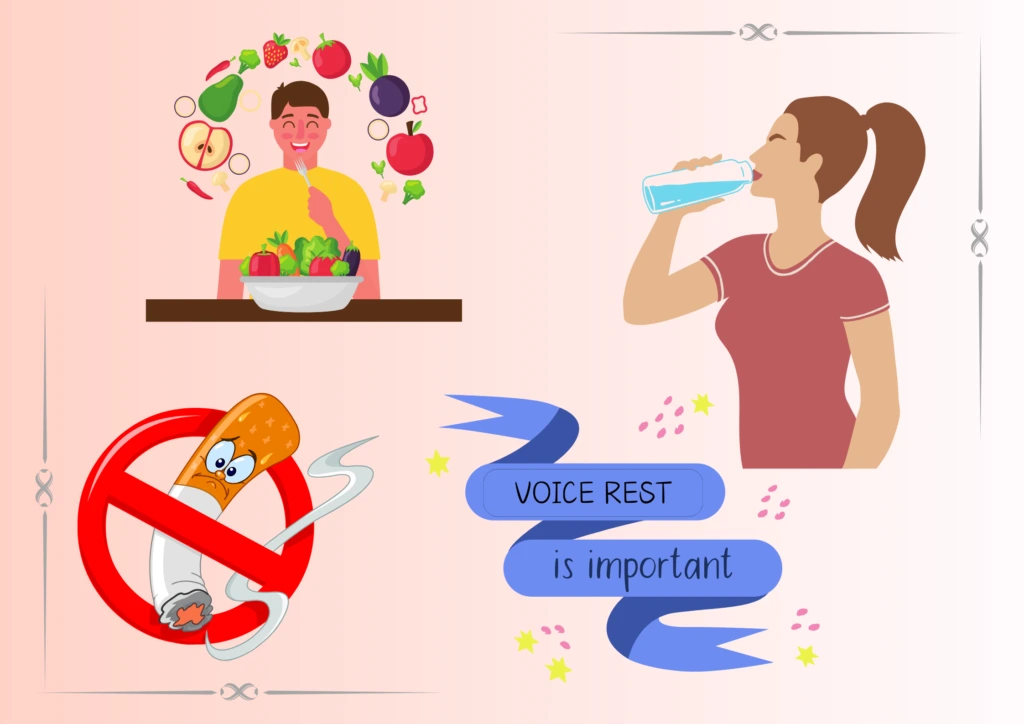
Keep yourself Hydrated
Staying hydrated is essential for maintaining a lubricated throat, which in turn helps safeguard your voice. Tea is also an amazing beverage that soothes any voice strain.
Get warmed up
Vocal cord exercises for singers are a great technique to prepare your voice for usage and reduce strain. Warming up vocal cords before singing in a must for singers of any level. When you first start, introduce exercises gently, and then increase the difficulty level until you feel that your voice is ready to use. Regular care with vocal cord exercises may help you avoid vocal cord nodules and polyps.
Take lots of rest
Just like warming up the vocal cord before singing, you just give your voice a rest after singing whether you’re performing or just practicing. This is a great measure in preventing vocal cord strain. It is essential for the integrity and health of your vocal cords to give your throat enough time to rest after prolonged use.
Avoid taking harmful substances
The greatest and quickest method to permanently damage your voice is to smoke (or vape). Tobacco is quite harmful to your vocal cords. Your vocal chords are directly exposed to all of the pollutants, dust, and pollen that you breathe in, which dries and irritates them. These substances can easily go against preventing vocal cord strain and can cause vocal cord paralysis or bring out vocal cord nodules or polyps.
Although it may not cause harm right away, alcohol dehydrates and irritates the body.
Use the Right Techniques
You must be aware of where your voice is coming from and understand your body in order to sing properly and preserve the health of your voice. Study vocal cord anatomy diagrams and understand its mechanism. Never sing from your throat; your diaphragm supports your breath, which is the source of force for your voice. Find vocal cord exercises exclusively available for singers to loosen up your vocal chords, and let your face, pharynx, and chest work with your voice.
Final Remarks
It is always better to know your own vocal cord anatomy diagram, especially if you think of making a career out of singing. I consider knowing about your body an essential thing to improve singing. In that way you can understand the techniques your tutor talks about much easier to guide you through preventing vocal cord strain using effective vocal cord exercises for singers. It is also better to have guidance when you learn such important matters about warming up vocal cords before singing. To learn more, Schedule a Free Demo with us today.
FAQs
1. Where are vocal cords located?
Vocal cords are located in the middle of the larynx in your throat.
2. What do vocal cords look like?
Vocal cords look like 2 pear shaped bands.
3. What are the parts of a vocal cord?
Vocal folds, cartilage muscle, glottis and epiglottis are the parts of the vocal cord.
4. Are vocal cords muscles?
Yes, vocal cords are muscles.
5. How to improve vocal range
We can improve vocal range by making the vocal cord’s muscles flexible.
6. How do vocal cords work?
Vocal cords start to vibrate when the air that we breathe passes through it.
7. How do vocal cords vibrate?
Puffs of air pass through your voice chords, vibrating them due to the stress. Hundreds of times every second, depending on the pitch and volume of your voice.
8. What can damage vocal cords?
Too much use of your vocal cords, too much cold or heat, alcohol, smoking are some of the things that can damage your vocal cords.
9. What is laryngoscopy for vocal cord examination?
A laryngoscopy for vocal cord examination involves inserting an instrument called laryngoscope into the larynx through the mouth. It is used for diagnosing problems such as nodules or polyps or any infections on the vocal cords.

